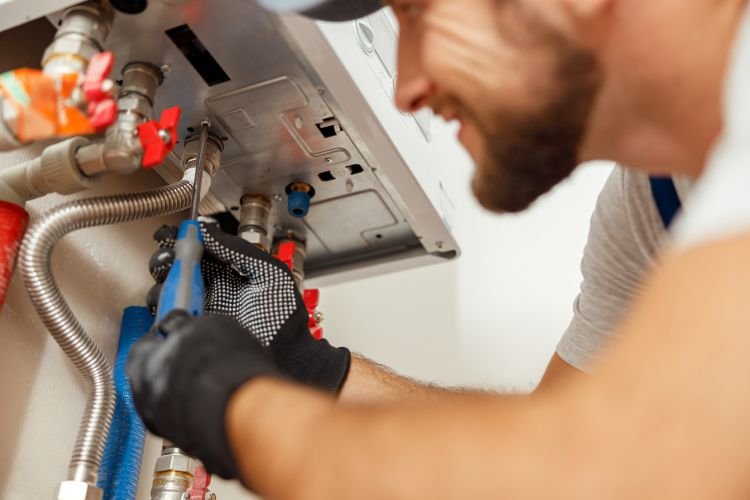
There’s a multitude of reasons why many people like you are dependent on water heaters. Mainly, it’s because hot water is convenient. It can make washing dishes easy and taking showers bearable and comfortable. Meanwhile, modern electric water heaters are highly reliable and can save you lots of money compared to alternatives.
Unfortunately, while these water heaters are reliable, there’s still a chance that yours can break down or have problems, resulting in your water not getting heated. If you’re experiencing this predicament, here are some tips on troubleshooting your water heater.
1. Check If The Water Heater Has Power
Like most electrical appliances, turning on and off is often the first troubleshooting step. And most of the time, it does the trick. If it doesn’t work, you might want to check the electrical wiring of your water heater. On the other hand, you may want to talk to an expert capable of effective hot water repairs in Sydney if you need to skip everything, as it can save you a lot of time.
2. Check If The Water Heater Is Receiving The Right Voltage
If there’s no problem with the electrical wiring, you might want to check the heater’s junction box. Typically, most water heaters demand 240 volts of power.
To check if it’s receiving the correct voltage, get a multimeter and stick its two probes on the two terminals inside the junction box. Be careful with this step as you’re dealing with electricity here. To be safe, wear insulated work gloves. If you’re not confident enough to deal with this, skip to the next step.
However, if you check the voltage and it’s lower than 240 volts, there might be a problem with your electrical power supply or breaker. If there’s no voltage, the breaker might be off or a line going to the breaker has been cut. If it’s the latter, you may want to reinspect the electrical wiring again.
3. Check If The Breaker Is On
If there’s no problem with the electrical wiring, check its circuit breaker. Know if the breaker has been tripped. If you have no idea where your breakers or breaker box is, you can typically find them in a storage closet, garage, or basement.
The ones who installed your water heater often put a label or a mark on the switch or breaker dedicated to your water heater. Usually, the labels will indicate ‘water heater’ or ‘WH’ on the breaker.
If the breaker tripped or if it’s on, switch it on again and turn on your heater. If the breaker trips again, especially within seconds or minutes, you may want to contact an electrician who specializes in repair or replace water heater.

4. Check The Reset Button
Most modern electric water heaters will have a reset button. Most of the time, these buttons may be lumped inside a control panel with other vital heater components, such as the thermostat and heating element.
Water heater reset buttons are also called high-temperature limit switches or emergency cut-off buttons. As the alternative names imply, a water heater reset button often acts like a breaker in a water heater.
If the heater detects problems, say that the water is hotter than what was set in the thermostat, the reset button will trip. In most cases, it pops up, which allows it to be pressed to be reset again.
If your heater’s reset button has popped, press it back until you hear a click. Some water heaters may require you to press and hold for more than five seconds before it runs again.
Unfortunately, there will be times when the reset button will be faulty, which is why the water heater isn’t working. If you have some experience testing for electrical continuity, you may use your multimeter again to check if the connections within the reset button are working. You can do the same with the other components in the heater, particularly the thermostats and heating elements.
5. Check The Thermostat Setting
If the wiring, breaker, electricity, and buttons are okay, check if the thermostat is causing the problem. To start, find your thermostat or temperature dial. Turn it to the highest setting or temperature. Be sure that the water heater is on while you’re doing this. Also, notify everyone in the household that you did this. You don’t want anyone to get accidentally scalded, which is a massive possibility if you have a tankless water heater.
If the water doesn’t heat up or doesn’t reach the expected temperature, there might be a problem with your thermostat or heating element. They might need to be replaced.
Meanwhile, if the water reaches the expected temperature, dial back the temperature setting a few degrees lower until you get the right temperature that you want.
Conclusion
Those are the steps and tips for troubleshooting your water heater if it’s not heating any water. Most of the steps are simple enough, while some may need extra precaution and electrical knowledge. Nonetheless, never hesitate to get help if the next step is already beyond your skillset.




